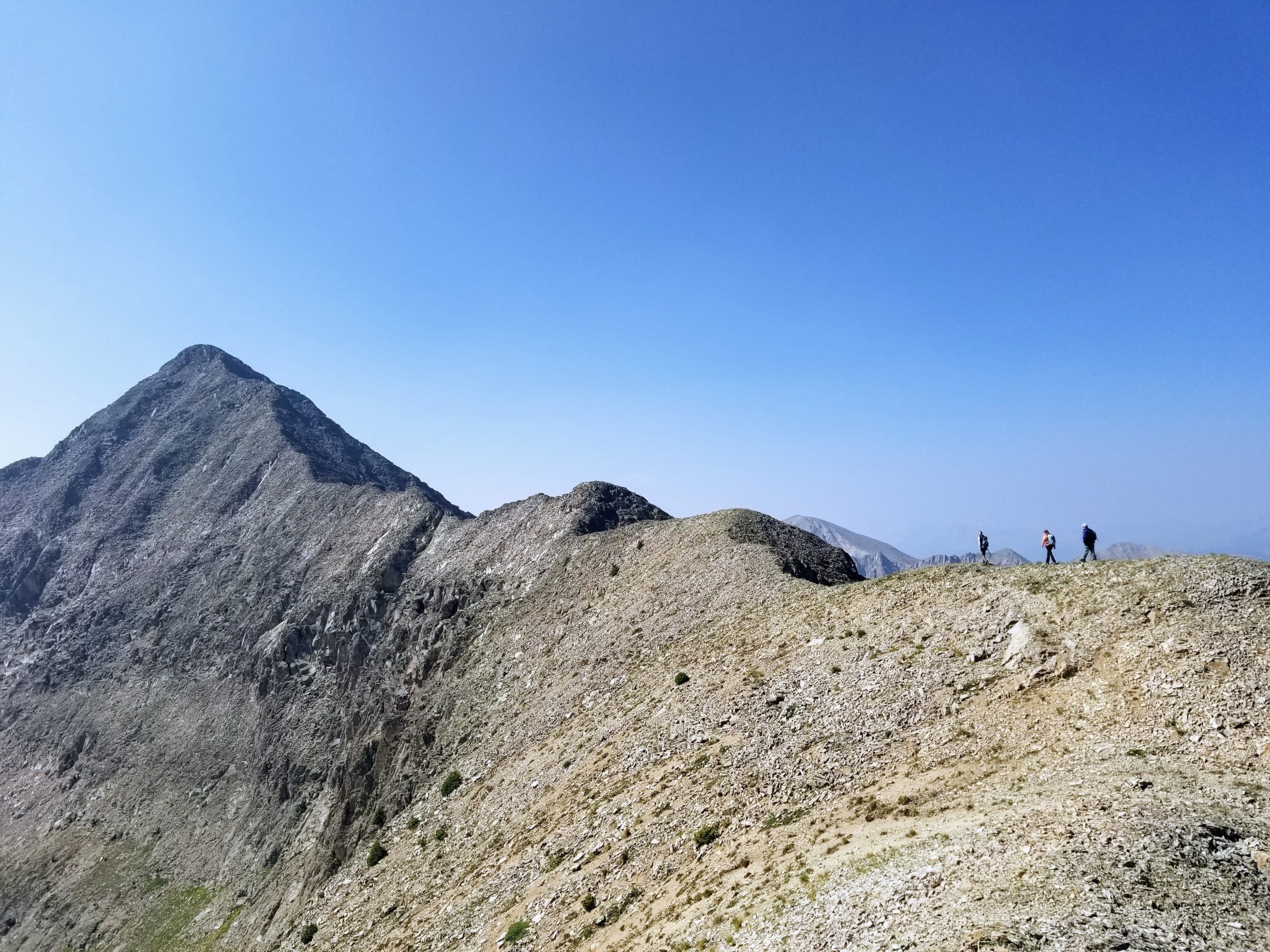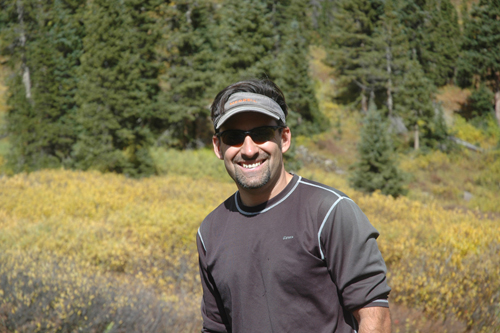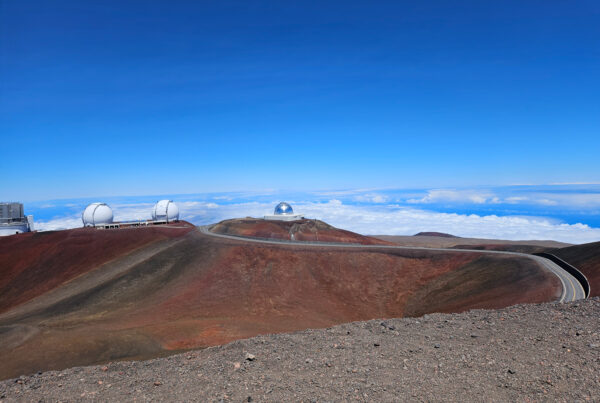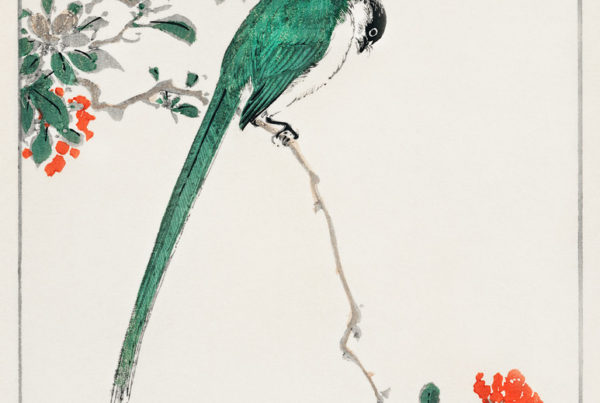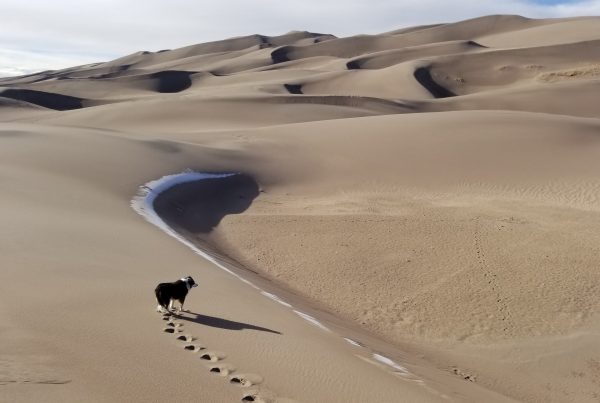Last Updated on June 22, 2022 by James Dziezynski
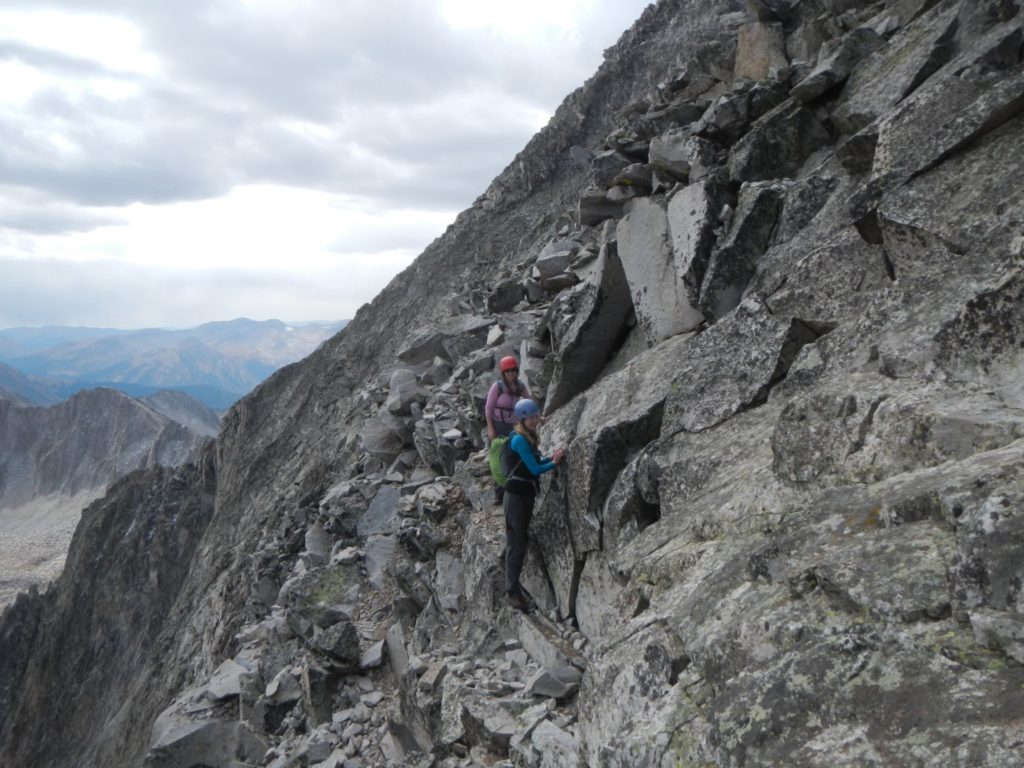
Capitol Peak in Colorado has a well-earned reputation for being one of the toughest 14,000-foot mountains in the state. Its most notorious section is the Knife Edge. This is an exposed but solid spine of rock that connects a sub-peak known as K2 with the mountain proper. The Knife Edge is a great place for a hero shot photo. It’s an exciting—and well-documented—part of the climb.
But for some people, the crux of the climb comes just before the traverse. Yet, some guidebooks don’t even bother to mention the move. You’re more likely to read about it in a trip report written by someone 5’6″ or shorter.
The Not-Infamous-Enough K2 Bypass Move
The move goes something like this. In bypassing the knob of rock that makes up the K2 block, the standard trail stays low. It crosses a loose, steep gully before reaching the start of the Knife Edge traverse. The gully itself is narrow, maybe 4 feet across. Footing is loose in the gully. The drop is severe enough that if you slipped into the chute, you’re not stopping for at least a couple hundred feet. The challenge is in a bulge of rock that juts out right where the wall of K2 meets the top of the gully.
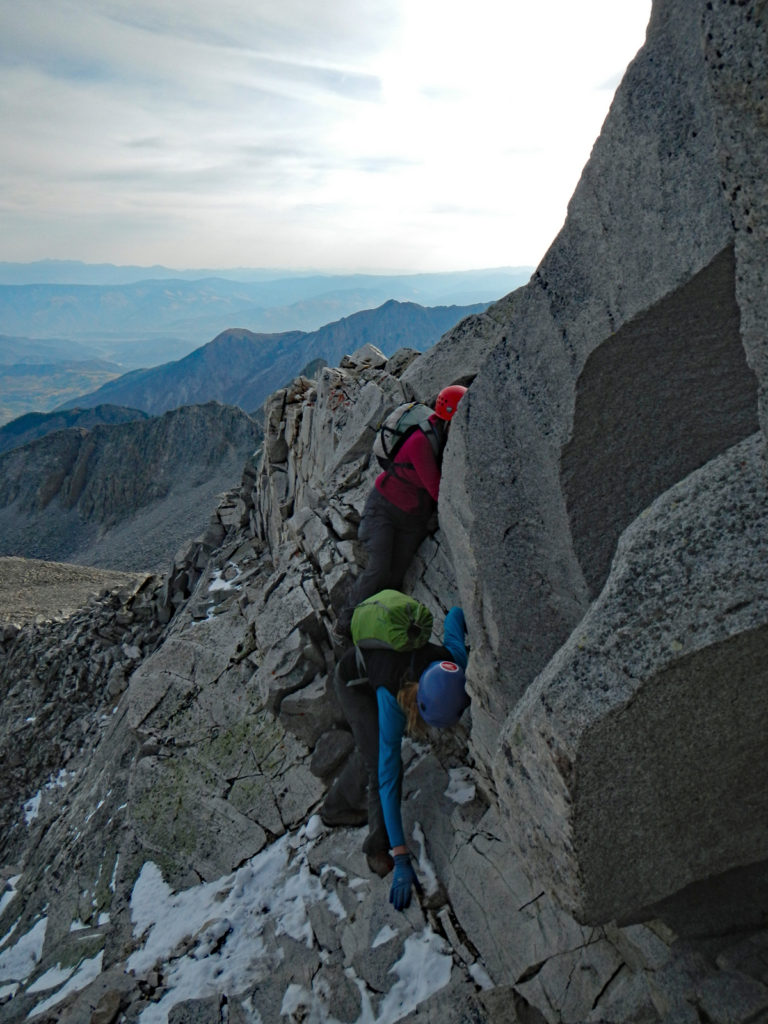
If you’re tall enough, it’s an easy move. It’s easy enough that I could see how a tall person can make it without giving it a second thought.
For most people, the strategy is to brace one hand on the rock at the start of the gully and stretch across the gully, around the bulge, to an extremely solid chunk of rock to secure your other hand. Locked in place, the quick step over the gully and onto safer terrain is a piece of cake.
The last time I was on Capitol Peak, I (5’8″) was climbing with my friend Jenny (5’10”) and my wife, Sheila (5’6″). Jenny made the K2 bypass with no problem. On my turn, I was fairly stretched out. I could lock my middle and ring fingers onto the solid chunk and pull myself across.
When it was Sheila’s turn, she could reach the solid chunk but couldn’t wrap her fingers around it. As a result, she had a much harder move. She could kind of palm the solid chunk. Her step across the gully became a quick, unprotected step into the gully to reset her hand and a precise throw around the corner to grab the solid rock. She handled the move like a champ (both coming and returning). But it was definitely the trickiest move either of the three of us had to do on the climb.
Author’s note: a climber was killed in this exact spot in 2017 when the top of the gully was covered in snow. The climber’s height was never mentioned in the articles I have read.
What’s With All These Tall Guidebook Authors?
I had my own experience with a stretched-out move on Little Pawnee Peak in the Indian Peaks Wilderness. Just before the summit, a brief downclimb leads to an off-camber saddle. The problem was that when I was fully extended with my arms above my head, I could only graze the top of the loose, tight gully with the tip of my toe. Landing in the gully was a committing move that required me to drop onto one foot onto ball-bearings of sand. While not as pitched as the aforementioned K2 bypass, it still is a very uncomfortable sequence.
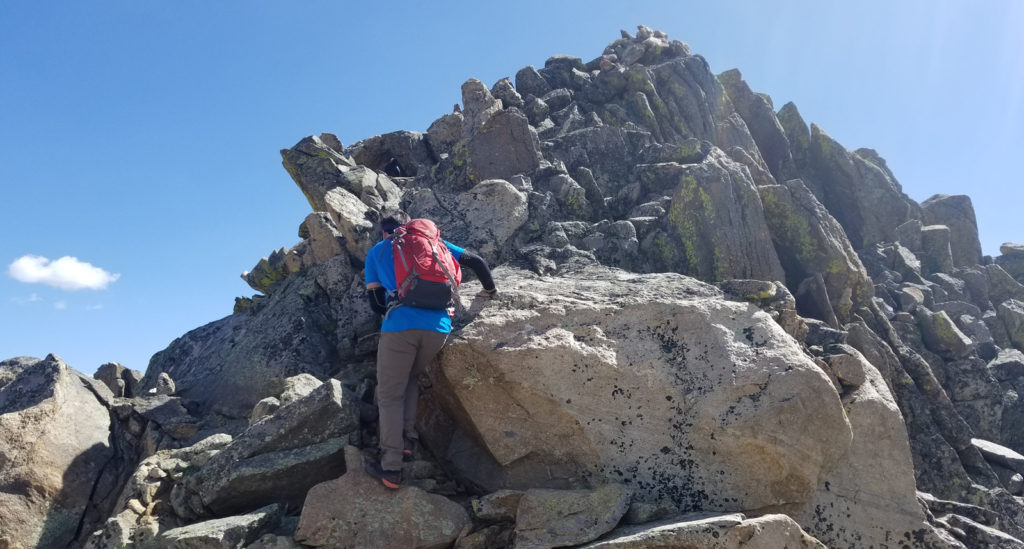
I went back after the hike to read some of the documented write-ups of the climb in professional guides. The two I found didn’t mention this move, describing it as a simple downclimb.
I happen to know both authors. Both are over 6’3″. For them, it absolutely was a simple downclimb.
In my own guidebooks, take care to include notes on when moves may present a problem to shorter climbers. In defense of my taller literary compatriots, I’ve seen them do the same in certain instances. Though less frequently than in write-ups I read on enthusiast websites.
I’ll add that each guidebook you read isn’t aiming to reveal everything about a specific route. Some are focused on reporting the variety of routes with short write-ups. These books are intended for audiences that has a pre-built level of experience in dealing with minor challenges.
My Philosophy – We’re All Busy, Here’s Good Info
My personal mantra for guidebooks is to provide information with the knowledge that people are busy—implying a high level of expertise can short circuit a hike that is actually within their ability as long as they have solid information. The hike they choose to do may be in the middle of a time crunch, whether that is with school, their kids, work, or just the demanding task of staying sane in a wild world. My job is to get them there, get them psyched for the adventure, and give them guidance on what to expect.
With that in mind, I’m especially diligent with driving directions (who wants to be frustrated before they even start a hike?) I account for all types of vehicles because not everyone has a 4×4. I also ensure that tough parts of a climb are described clearly and account for different personal heights.
One of my regular hiking companions is 5’4″ and her input on certain moves has been valuable in adding precision to my write-ups. All apologies to the tall folks out there, but I’ve yet to be in a situation where being taller was enough of a disadvantage to warrant a disclaimer in print. I can only see this, in rare instances, being an issue in technical rock climbing—which isn’t the subject of my books.
Almost Holding Your Hand
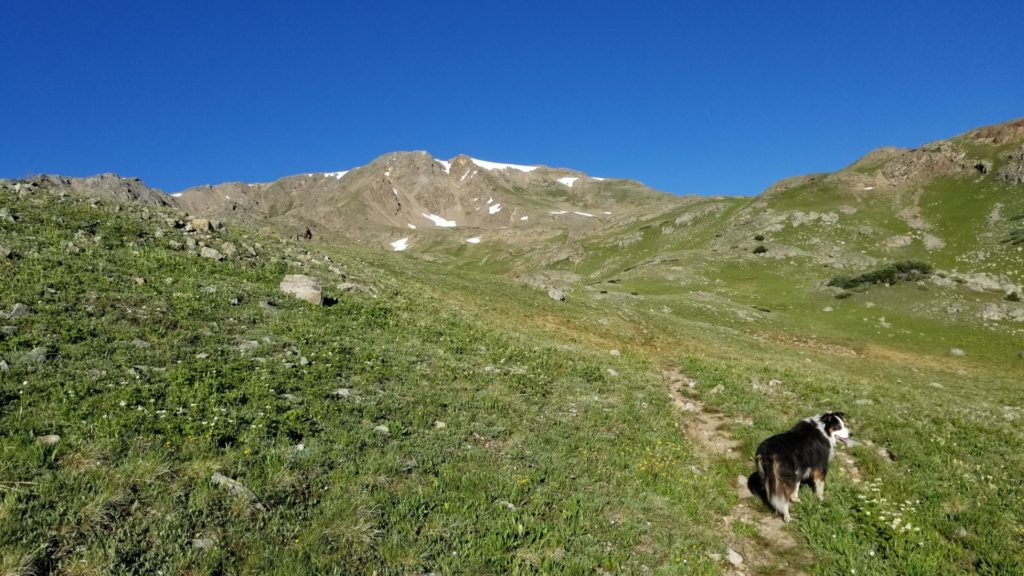
Finding the balance between good info without oversharing is one of the real creative challenges when writing a guidebook. If you’re too hand-holdy or inspire a needless sense of intimidation, it can dampen enthusiasm and may cause your audience to second-think the climb. If you’re too vague, your audience may find itself in a moment of hesitation on the mountain—in a place like the K2 bypass—completely confused as to why this move wasn’t mentioned in their guidebook. Could they be off-route? Why wasn’t this mentioned?
A good guidebook will find that balance, no pun intended. It will set expectations. One technique I’ve found especially effective, though I don’t recommend it, is to repeat a hike when you’re out of shape. If you’re in a different body, you actually see and feel the mountain differently. This may come across in a guidebook in a single sentence, something like “you may be tired at this point, but you have one more big push ahead…”. I try not to make a habit of getting too lethargic in the winter months, but I’ve kicked off more than one hiking season needing to get my mountain mojo back.
The silver lining is all those french fries I ate helped add perspective and accuracy to my books.

